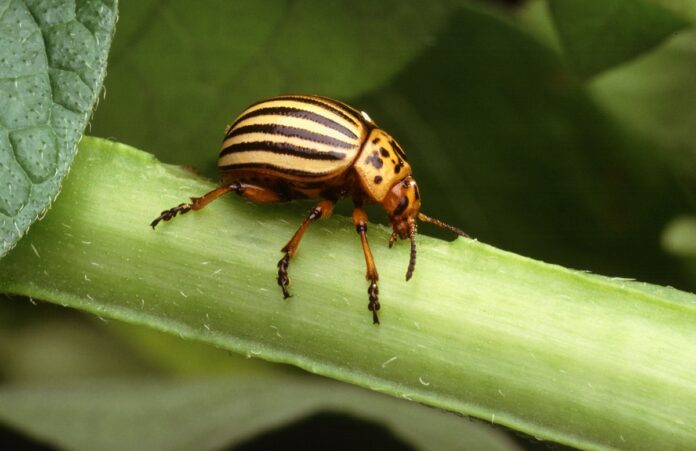What is Integrated Pest Management?
Integrated Pest Management (IPM) is an effective and environmentally sensitive approach to pest management that relies on a combination of common-sense practices.
An IPM program combines current and comprehensive information on the life cycles of pests and their interactions with the environment with available pest control methods. It is used to manage pest damage economically and with the least possible hazard to people, property, and the environment.
You may take an IPM approach to both agricultural and non-agricultural settings, such as the home, garden, and workplace. IPM takes advantage of all the proper pest management options, including, but not limited to, the judicious use of pesticides. However, Organic food production applies many of the same concepts as IPM but limits the use of pesticides to those produced from natural sources, as opposed to synthetic chemicals.
Read also: Fall Armyworm: Recommended Pesticides and Controls
The aims of IPM
- To reduce health and environmental risks of pest management activities
- To reduce economic risk
How to carry out IPM
IPM employs a series of decisions, controls and pest management evaluations. The practice of IPM considers four main steps.
- Set Action Threshold
In IPM, you first set an action threshold before taking any action to control the pest. The action threshold is when pest populations or environmental conditions show that you must take pest control action. A single pest does not always need any control action. Rather, the levels at which pests will become an economic threat is critical pest control decisions.
- Monitor and Identify Pests
Some organisms are innocuous, and some are also beneficial. So, not all insects, weeds, and other living organisms require control. In IPM, you must check for pests and accurately find them so that you can make the right control decisions at the same time with action thresholds. The monitoring and identification cut unnecessary applications of pesticides that were not really needed. Moreover, you may use the wrong pesticide.
- Prevention
An IPM program manages the crops, lawns or indoor space to prevent pests from becoming a threat. In crops, cultural methods like crop rotation, selecting pest-resistant varieties and planting pest-free rootstock. These methods of control pose little to no risk to people and the environment. However, they are effective and cost-effective.
- Control
So, what next, after monitoring, identification and the action threshold show that you need pest control and that preventive measures are no longer effective or available?
An IPM program prescribes a proper control method that is effective and less risky. You must choose an effective and less risky pest control method first. This should include chemicals targeted at the particular pest, like pheromones to disrupt pest mating and multiplying or mechanical control, such as trapping and weeding. Continue monitoring to see the effectiveness of control. If the less risky controls are not working as indicated by further monitoring, you may use more recommended pest control methods, such as spraying of pesticides. Broadcast spraying of non-specific pesticides should be your last resort and be done with precaution.
Read also: Safety Precautions in Agrochemicals handling and usage
Benefits of IPM
- Promotes sustainable bio-based pest management alternatives.
- Reduces the environmental risk associated with pest management by encouraging the adoption of more ecologically benign control tactics.
- Reduces the potential for air and groundwater contamination.
- Protects the non-target species through the reduced impact of pest management activities.
- Reduces the need for pesticides by using several pest management methods.
- Reduces or eliminates issues related to pesticide residue.
- Alleviates public concern about pest & pesticide-related practices.
- Reduces or eliminates re-entry interval restrictions.
- Decreases worker, tenant and public exposure to pesticides.
- Maintains or increases the cost-effectiveness of pest management programs
References
Benefits of IPM
Integrated Pest Management (IPM) Principles
Integrated Pest Management: Principles & Practice – Dr Ana Legrand
Featured Image Source: Foodtank


